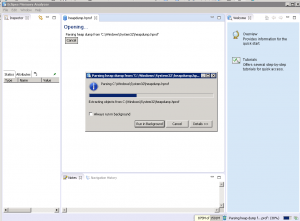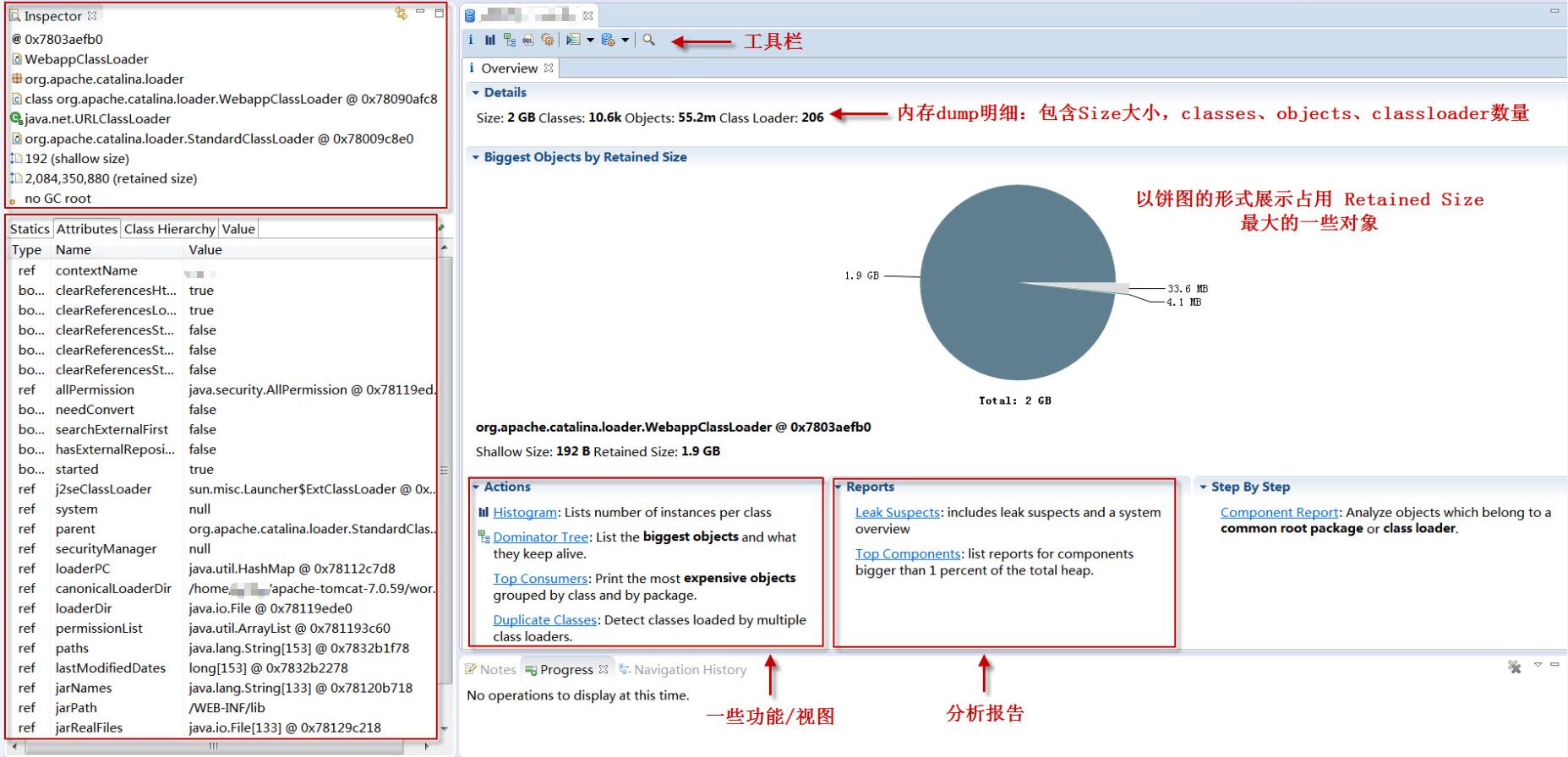

An object is eligible for garbage collection when no live thread can reach it which means there are no references to that object. Tools like Garbage Collector (GC) provide automated memory management. For this array, if we forget to remove unused array object references in code, the memory consumed by these objects may never be reclaimed resulting in out of memory conditions/server crash.

Let’s say, we have an array of objects “userMap”, which stores the data of logged in users and session ids. In order to have advanced diagnostics capability, developers should be mindful of garbage collection at the time of writing code itself. The code alone does not help much in figuring out which object would consume more memory. Also, at the time of code development, it is difficult to assess an application’s memory usage in the actual production environment. With the increasing blurring of boundaries between transactional (OLTP) and analytical (OLAP) data management systems, the trend of separate databases is dying out making memory analysis complicated and confusing. To ensure that, analyzing memory becomes a very crucial task. Whether you use BI/Analytics, SaaS, sales and marketing automation, virtualization, real time collaboration, Web 2.0 or software product engineering tools, it is expected that important business questions should be answered in the fraction of a second. DAeRT (Dft Automated execution and Reporting Tool)Įnterprises today depend on high performance, in-memory applications more than ever before.RDM (Remote Device Management) SaaS (Software as a Service) platform.Snapbricks Cloud Optimization Assessment Framework (SCOAF).Snapbricks DevOps Maturity Assessment Framework (SDMAF).



 0 kommentar(er)
0 kommentar(er)
